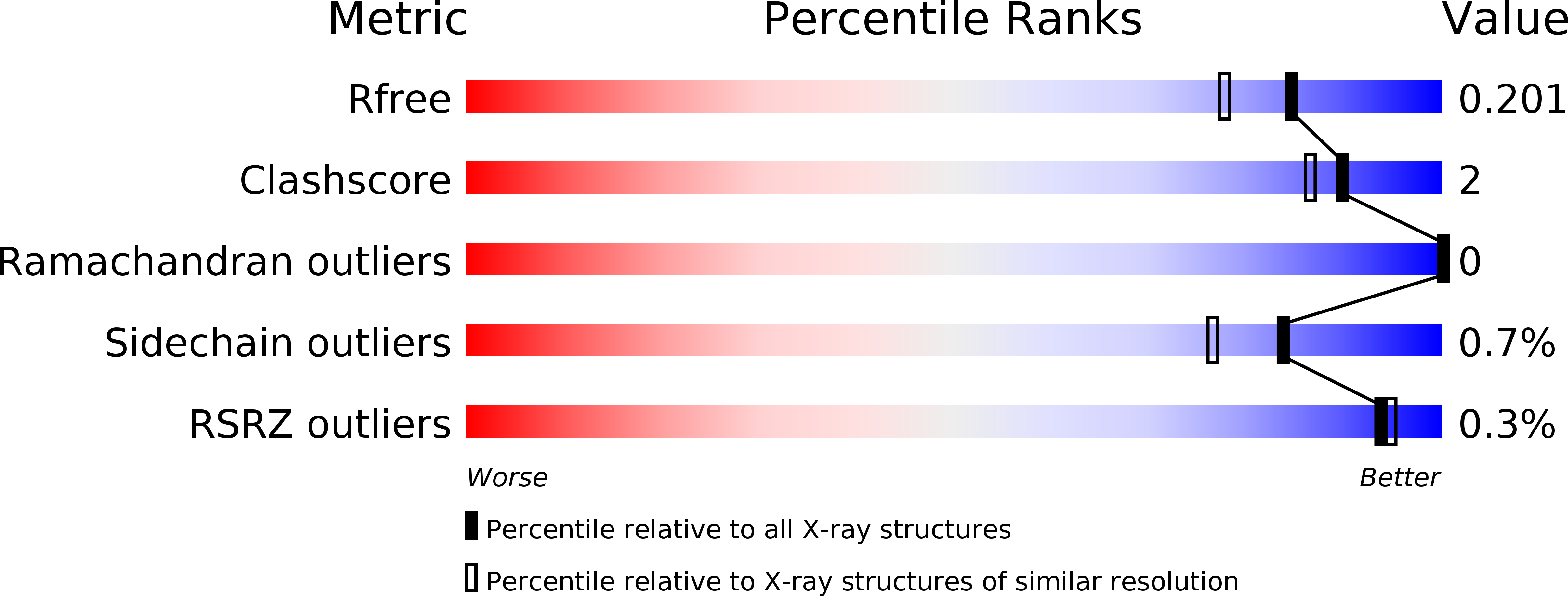
Deposition Date
2019-12-13
Release Date
2020-11-25
Last Version Date
2024-11-13
Entry Detail
PDB ID:
6TPM
Keywords:
Title:
Crystal structure of AmpC from E.coli with Relebactam (MK-7655)
Biological Source:
Source Organism:
Escherichia coli (strain K12) (Taxon ID: 83333)
Host Organism:
Method Details:
Experimental Method:
Resolution:
1.72 Å
R-Value Free:
0.19
R-Value Work:
0.16
R-Value Observed:
0.17
Space Group:
P 43 3 2


